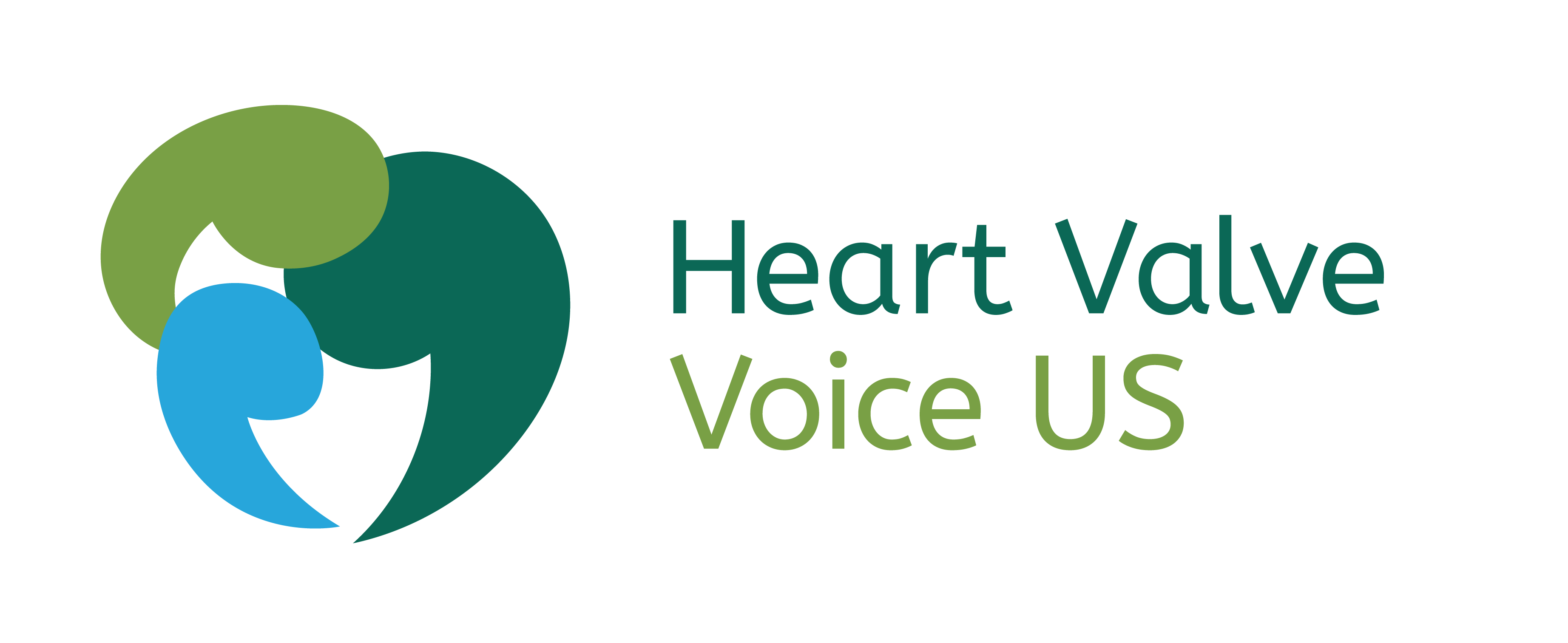An echocardiogram, or echo, is the most common test to diagnose heart valve disease. An echo is a painless test that uses an ultrasound, or sound waves, to create moving pictures of your heart. This test is an important tool to help with the early diagnosis of heart valve disease. It can also detect other heart issues, such as blood clots, damaged cardiac tissue, and more.
Your echocardiogram report will describe your heart’s health in detail and provide a summary of its findings. An echo report typically uses very technical terms to describe how well your heart is working. Your report should include comments on:
-
- The size and appearance of your main blood vessels, such as the aorta
- Estimate of the pressure of the blood vessels supplying blood to your lungs
- Whether there is buildup of extra fluid around your heart
- Whether there is buildup of fluid in the space between your lungs and chest cavity
- If there are any congenital heart abnormalities
- If there are any blood clots or abnormal growth in the chambers of your heart
Download our new one-pager to learn more about interpreting your echocardiogram results.
This one-pager was created in partnership with the American Society of Echocardiography and the American Heart Association Target: Aortic Stenosis campaign.
